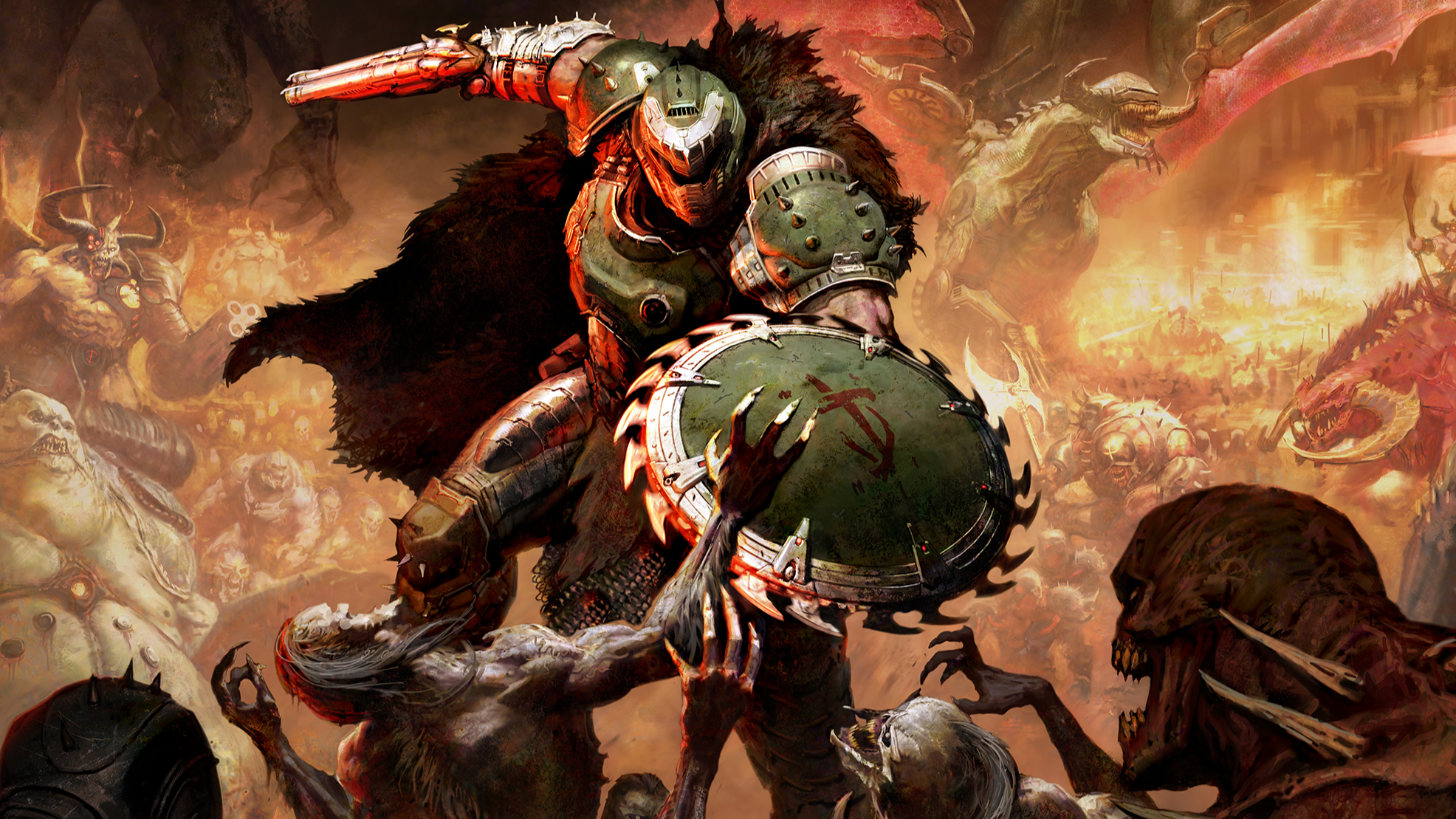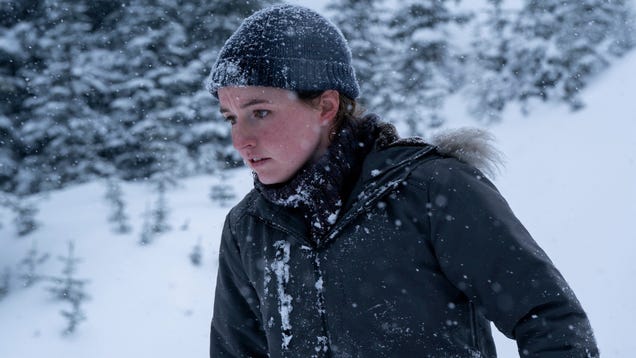
Slay The Princess Review: The Pristine Cut - 'Til Death Do Us Part
Heart. Lungs. Liver. Nerves. As The Nightmare neared, her face covered in chipped porcelain and her presence like shrill static, these four words became a chant. The Paranoid–one of the many personas inhabiting the hero’s too-full head–was the one uttering it, a reminder to the other voices in this malformed vessel that it was now up to them to perform what were once autonomous functions. Heart. Lungs. Liver. Nerves. The words were a pulse; the singular thread tethering this body to this plane of existence. But as The Nightmare grew closer, the desperate thrumming faded to silence. And then, the thin thread snapped.
In Slay the Princess, however, death is only the beginning: the start of a time loop that nearly always resolves in mutually-assured destruction. But despite the horrors you endure and the promise of death–repeatedly and oftentimes brutally–the game begins with a small, strange note: This is a love story. And as a love story, a horrific visual novel, and a work of narrative-driven psychological fiction, Slay the Princess is remarkable. The Pristine Cut further polishes this gem of a game, adding more depth and replayability to an already-brilliant title that is abundant with introspection, poetic (and often humorous) writing, stellar voice acting, and memorable art and music. Though there are still a few rough spots–namely some of its audio mixing and its UX design on consoles–Slay the Princess is a beautiful experience, brimming with emotion and cleverness.

The premise is simple enough and explained by both its name and its exposition: “You’re on a path in the woods, and at the end of that path, is a cabin. And in the basement of that cabin is a princess. You’re here to slay her.” Naturally, this raises a lot of questions: Why does she need to die? Why am I the one killing her? What is the motive of the person instructing you to do this? As the protagonist’s primary, guiding voice, it is up to you to explore the dozen or so prompts that emerge as each new piece of information is brought to light. Your every response and action–or lack thereof–determines and alters the path laid before the hero, as well as the many other voices that join you in guiding him as successive loops unfold.








